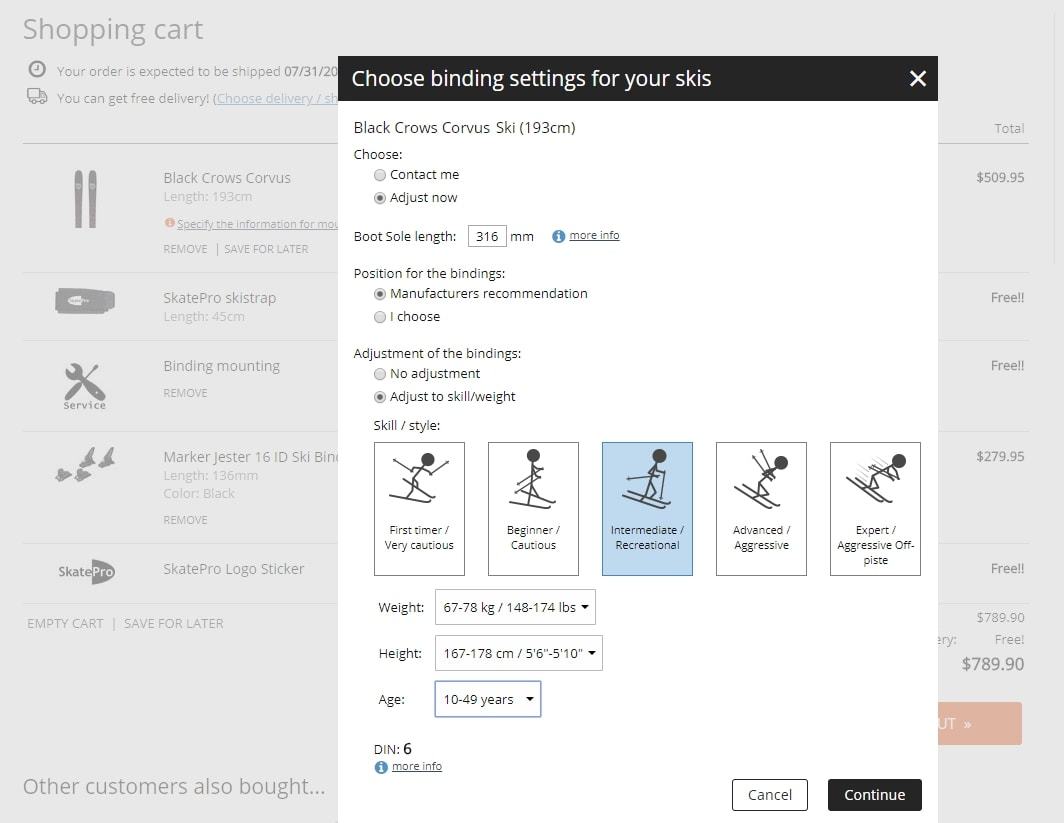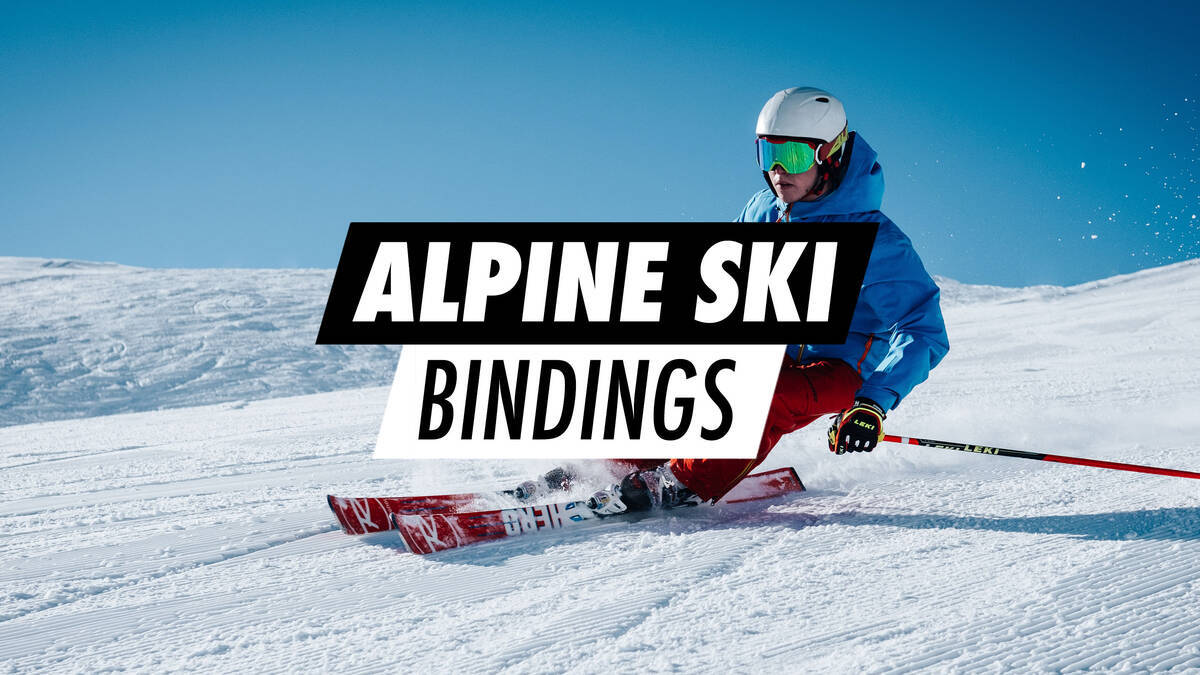Purchasing Alpine Ski Bindings
Defining Alpine Ski Bindings
In simple terms, ski bindings are the components that attach you to your skis. There is a variation among different types of bindings: alpine, telemark, and touring. In this discussion, our focus is on alpine bindings, suitable for piste, all-mountain, race, freestyle, and freeride skis. The choice of alpine bindings typically hinges on your preferred skiing style and your skiing ability.Components of Alpine Bindings
Alpine bindings comprise two essential parts: the toe piece and the heel piece. Both feature the DIN system, responsible for releasing the bindings in the event of a fall. To learn more about DIN and how to calculate it, please see our DIN calculator. The toe component includes an anti-friction plate or device (AFD) along with horizontal wings. These wings assist in side release of the boot from the binding to minimize twisting injuries. Conversely, the heel component utilises a vertical release mechanism to help prevent dislocation injuries during forward falls. The brake, or stopper, is an additional feature of the heel piece. This brake ensures that, should you fall and the binding disengages from your ski boot, your skis do not career down the slope, endangering others. Brakes are mandatory at all ski resorts. Brakes also serve to keep your skis together when stacking or transporting them. When you clip into the boot, the brake automatically rises, readying you for the slopes.
Conversely, the heel component utilises a vertical release mechanism to help prevent dislocation injuries during forward falls. The brake, or stopper, is an additional feature of the heel piece. This brake ensures that, should you fall and the binding disengages from your ski boot, your skis do not career down the slope, endangering others. Brakes are mandatory at all ski resorts. Brakes also serve to keep your skis together when stacking or transporting them. When you clip into the boot, the brake automatically rises, readying you for the slopes.
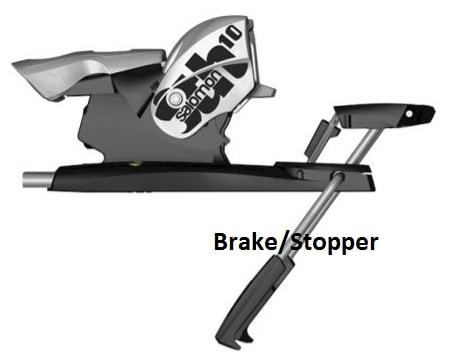
Varieties of Alpine Bindings
A significant difference lies in how these bindings are fixed onto the skis. Manufacturers can pre-mount the bindings, providing a ready optimised setting, or they can be purchased separately. If not pre-mounted, you have two choices: track mounting or drill mounting.Track Mounting
Track mount bindings attach to a pre-drilled plate on the ski from the manufacturer. After that, you simply choose bindings matching the plate system and position them appropriately. The primary benefit of track mounting is the manufacturer's selection of optimal plates, offering enhanced ski performance. Additionally, this system allows easy binding adjustments, making them convenient if you're lending your skis.Drill Mounting
As indicated by the name, drill mount bindings are directly affixed to the skis without a track or plate. It's crucial that this task be completed by a professional due to the special equipment required. Once installed, these bindings generally cannot be adjusted lengthwise as easily as track-mounted ones and are tailored specifically to the skier’s boot length. However, this method allows any binding to be mounted onto your skis. There is no need to consider any track system. This makes it a popular choice among freeride, freestyle, and touring skiers who seek the versatility to match bindings to their preferred style.Understanding Alpine Ski Binding DIN / ISO
Locating the DIN Value
The DIN (Deutsches Institut für Normung - formerly Deutsche Industrie Norm) value on alpine ski bindings dictates the conditions under which the bindings will disengage. This is also known as ISO. It is designed for enhanced safety and impact management. Proper release during falls is vital to prevent injuries to parts of the body, such as knees or hips. Both the toe and heel bindings must have their DIN values suited to your specifications.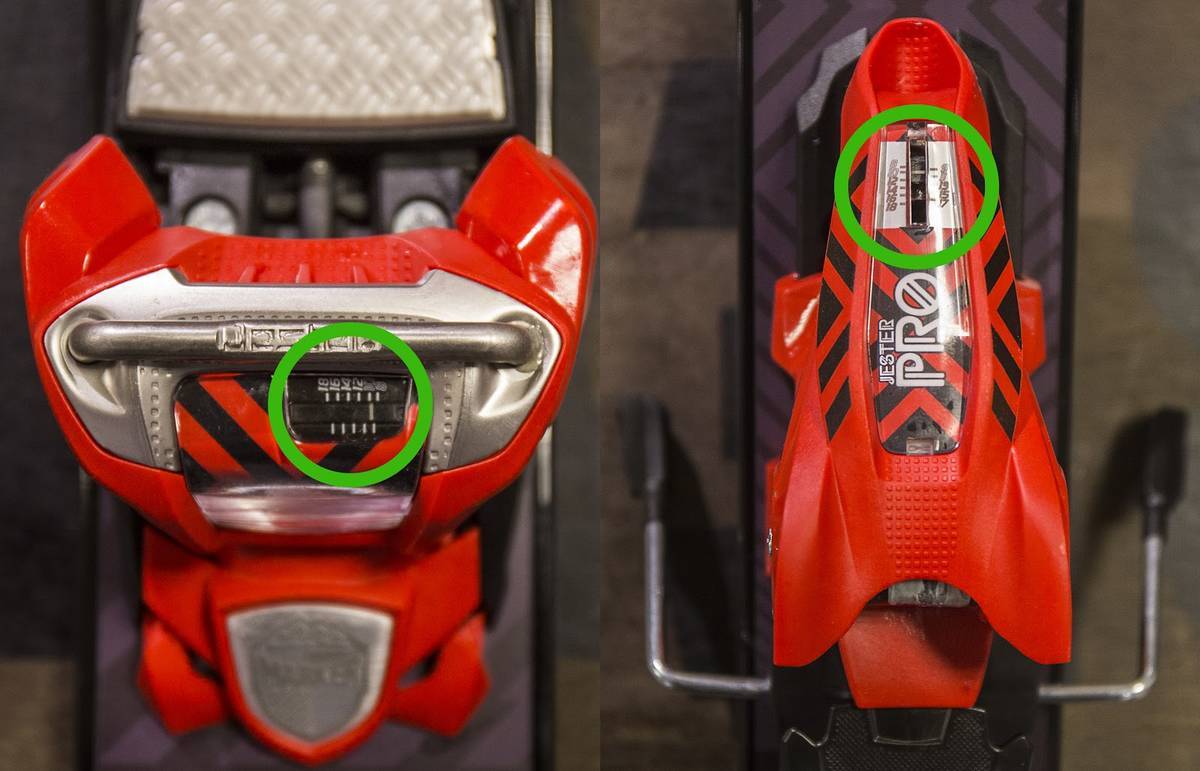 The correct DIN settings must be applied to ski bindings for both children and adults.
The correct DIN settings must be applied to ski bindings for both children and adults.
To adjust the release setting/DIN value, manipulations are made on both the toe and heel of the alpine ski binding. The bindings showcase a certain DIN value range, allowing adjustments to match your expertise, weight, height, and age needs.
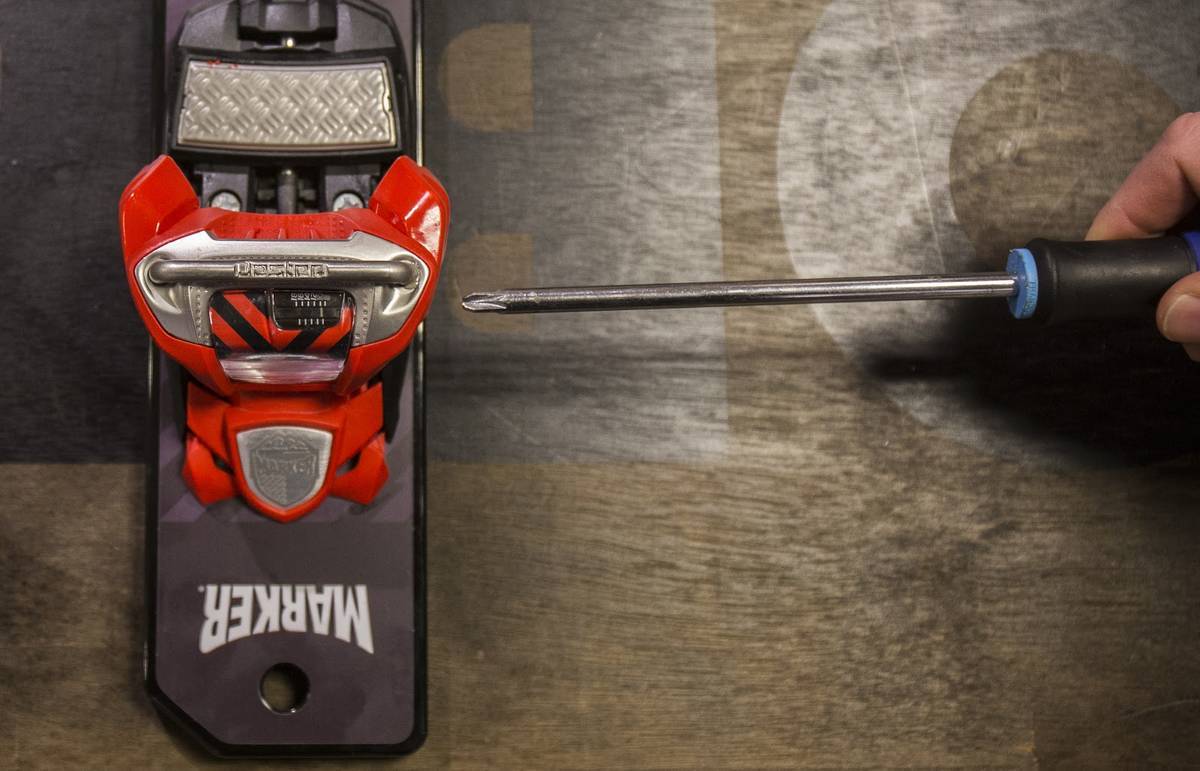
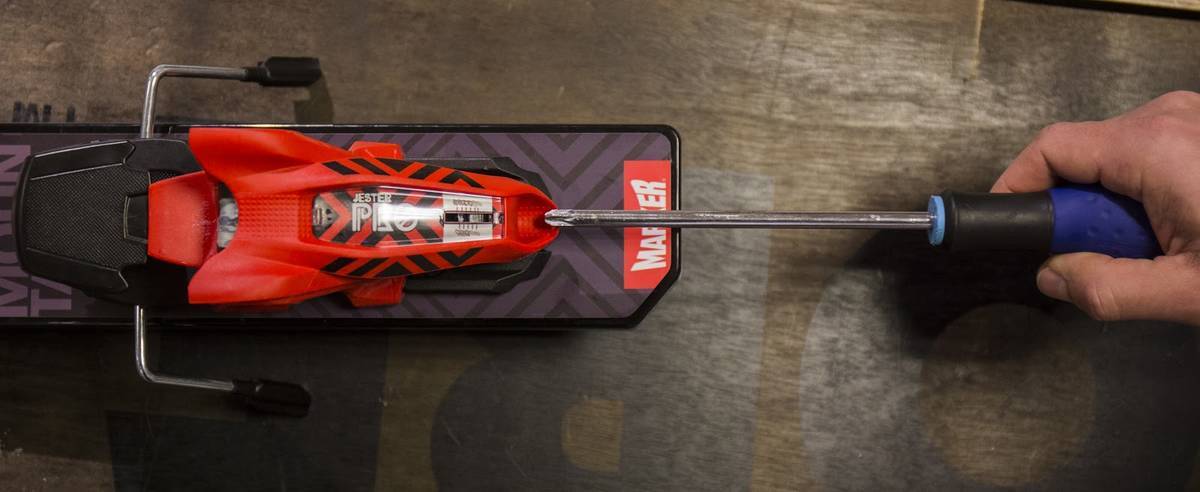
Assisting You in Adjusting Ski Binding DIN Correctly
If you purchase skis including bindings from us, we provide a DIN value calculation tool at checkout. This ensures that we mount and adjust the bindings accurately according to your expertise, weight, height, and age.
This represents how the DIN calculator appears during our ski and binding orders: